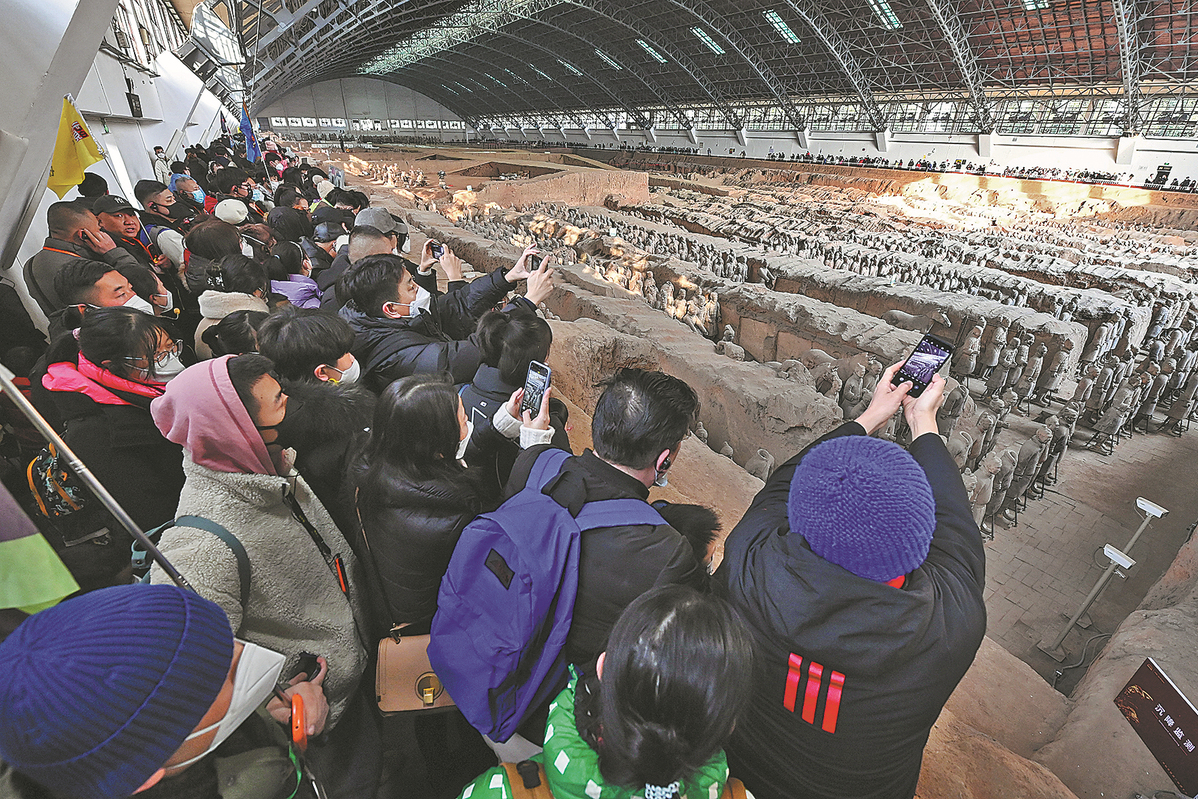Domestic tourist industry needs to raise its bar
China Daily | Updated: 2023-01-30 08:19

During the seven-day Lunar New Year holiday that ended on Friday, mainland travelers made a total of 308 millions trips, up 23.1 percent year-on-year, generating tourism revenue of 375.84 billion yuan ($55.4 billion) according to the Ministry of Culture and Tourism.
Despite that growth, the number of trips and level of spending were still below the pre-pandemic level. The number of trips was 88.6 percent of that of 2019, and the tourism revenue 73.1 percent of that of 2019. Although the strict novel coronavirus control measures had only been lifted earlier this month, the fewer trips and lower revenue still indicate the weaker spending power of tourists.
Another notable problem is that after being in suspended animation for three years, the services and management of the tourism and the catering industry, as well as the supervision of them, lag markedly behind the demands of the people.
To avoid stampedes, some tourist attraction spots had to cancel their activities at the last minute. Tourists also complained about exorbitant prices, the hotels and traffic during the long-awaited holiday.
That means some chronic maladies of the tourism industry have remained, if not become more prominent, after three years of hibernation. The tourism administrative departments and industry associations — whose hindsight in helping tourists address their concerns also appears unchanged — should be aware that the domestic tourism industry will soon face fierce competition from overseas.
If the services and management of the domestic tourism industry always fall behind the Chinese tourists' expectations, not only will the country fail to attract tourists from overseas, but also Chinese tourists will unavoidably vote with their feet, with many tourist resort countries in Southeast Asia and Europe eagerly anticipating the return of Chinese visitors.
In that case, the Chinese tourism industry will readily be defined by its own shortsighted thirst for quick money at the lower end of the global tourism industry chain. That is incompatible with the country's striving for high-quality development and is a waste of the country's rich tourism resources and huge tourism market.
























